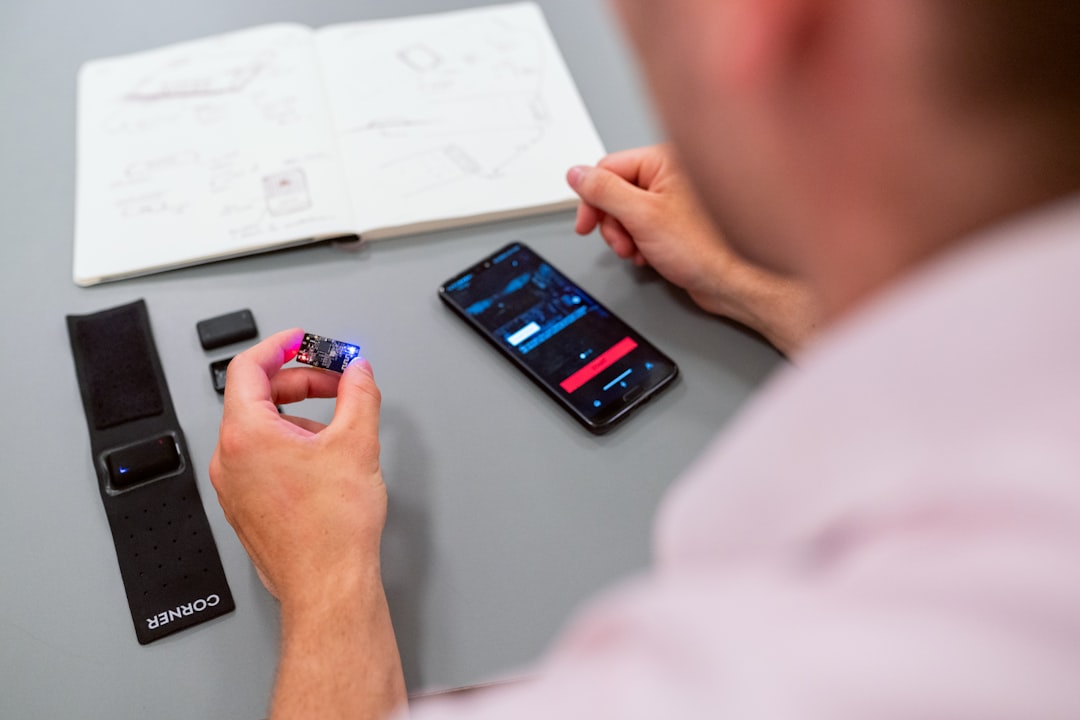You’ve poured time, creativity, and energy into creating YouTube videos, so it makes sense to want a secure backup of your content. While YouTube acts as a hosting platform, it doesn’t serve the same purpose as a private cloud storage solution like Google Photos. Backing up your YouTube videos to Google Photos can safeguard your work against accidental deletion, account issues, or even copyright claims that may remove videos from the platform.
Unfortunately, there isn’t a single-click feature to export YouTube videos directly to Google Photos. However, with a few strategic steps, you can achieve a seamless backup process. This guide walks you through the process step by step and explains the tools you’ll need along the way.
Step-by-Step Guide to Import YouTube Videos to Google Photos
1. Download Your YouTube Videos
If you uploaded the videos yourself, the easiest and most efficient way to get your original files is via Google Takeout, a service designed to extract and download your data from Google services.
- Go to Google Takeout.
- Deselect everything except YouTube and YouTube Music.
- Click on “Next Step” and set your desired export format (we recommend using the default .zip). Then click “Create Export.”
This process may take anywhere from a few minutes to several hours depending on the size and number of your videos. Once completed, you will receive an email with a link to download the archive.

2. Extract and Locate Your Video Files
After downloading your Takeout archive:
- Unzip the file using a zip extraction tool like WinRAR, 7-Zip, or your computer’s built-in extractor.
- Navigate through the extracted folders (typically YouTube and YouTube Music → Your Videos) to locate your video files in formats like .mp4 or .mov.
You may want to rename files or organize them into folders based on date or content before uploading to ensure easy access later in Google Photos.
3. Upload Videos to Google Photos
Now that you have your video files ready, it’s time to move them into Google Photos for safe and accessible viewing. You can do this via:
a. Web Interface
- Go to Google Photos.
- Sign in with your Google account.
- Click the Upload button at the top right (shaped like a cloud with an arrow).
- Select Computer and upload your downloaded YouTube video files.
b. Google Photos Mobile App
- Transfer the videos to your phone via USB or cloud storage like Google Drive or Dropbox.
- Open Google Photos on your mobile device.
- Ensure Backup & Sync is enabled.
- Navigate to the folder where your videos are stored and they will sync automatically.

Why Use Google Photos for Video Backup?
What makes Google Photos an ideal platform for video backup? Here are a few compelling reasons:
- Security: Files are stored securely in the cloud and can only be accessed by you (unless shared).
- Accessibility: View your videos from any device with an internet connection.
- Organization: Google’s smart features help categorize and tag content automatically.
- Storage Options: Additional storage can be purchased via Google One for those with large libraries.
Helpful Tips for Managing Your Video Backups
- Use High-Speed Internet: Uploading large video files can be time-consuming; a stable high-speed connection can cut the time significantly.
- Tag Your Videos: Use the description or albums in Google Photos to tag subjects, locations, or events.
- Create a Routine: Back up your new YouTube uploads periodically—weekly or monthly depending on frequency.
Remember that if you didn’t create the YouTube video yourself, downloading and backing it up may violate copyright rules. Always make sure you have the right rights or permissions beforehand.
In Conclusion
Backing up your YouTube videos to Google Photos is not as direct as clicking an “Export” button, but it’s a smart and reliable method to preserve your digital content. Using tools like Google Takeout in combination with Google Photos, you can safeguard your hard work and ensure it’s available whenever and wherever you need it.
Start your backup process today—it’s a proactive step that can save you from data loss and keep your memories and creations lasting for years to come.
